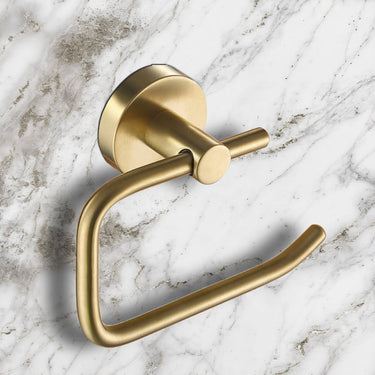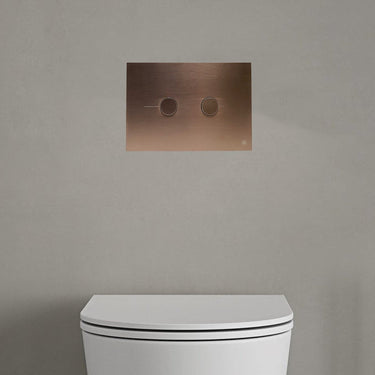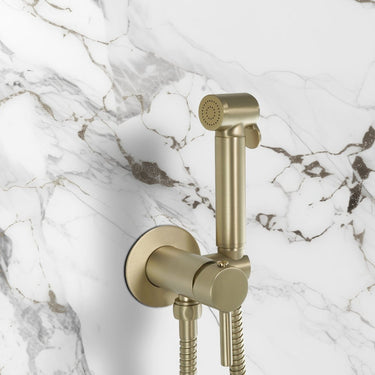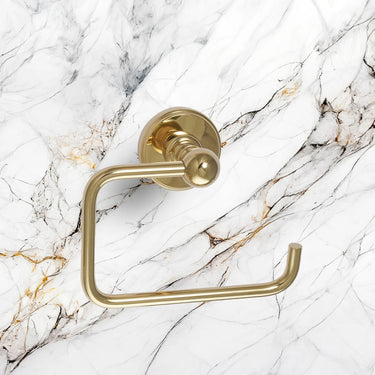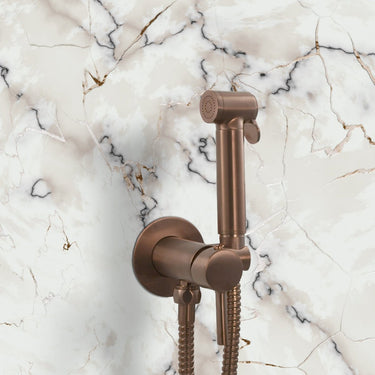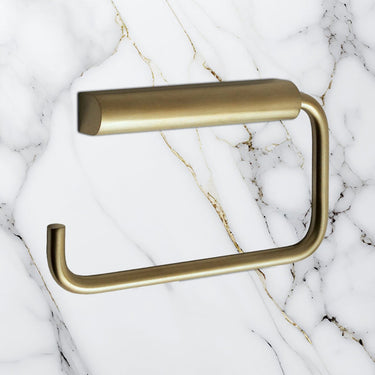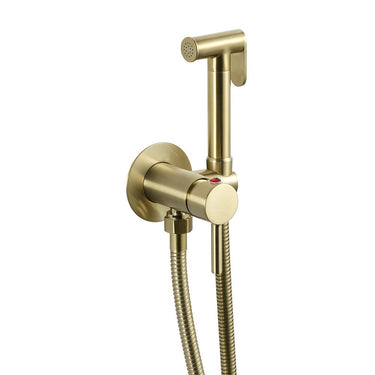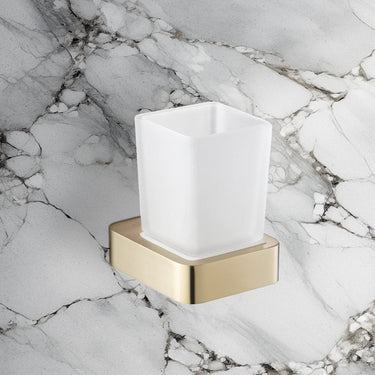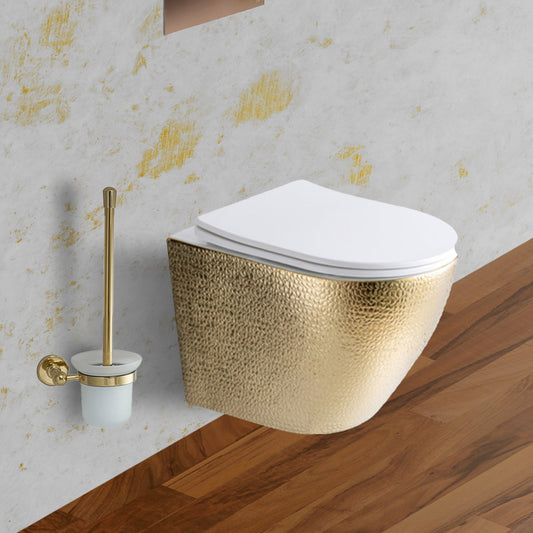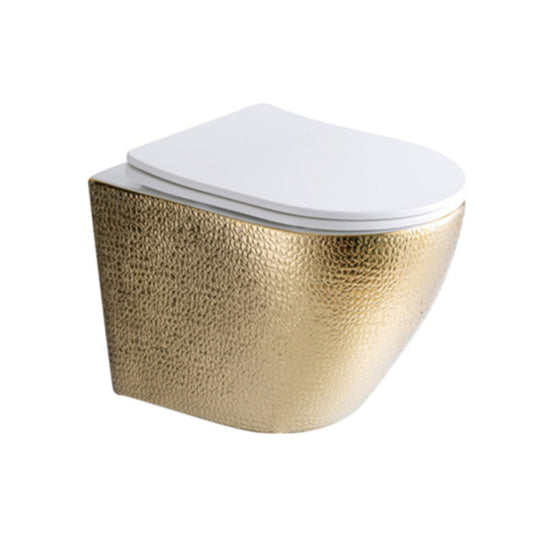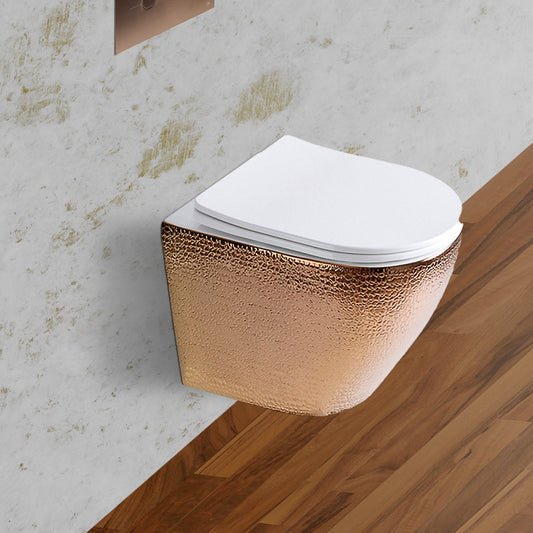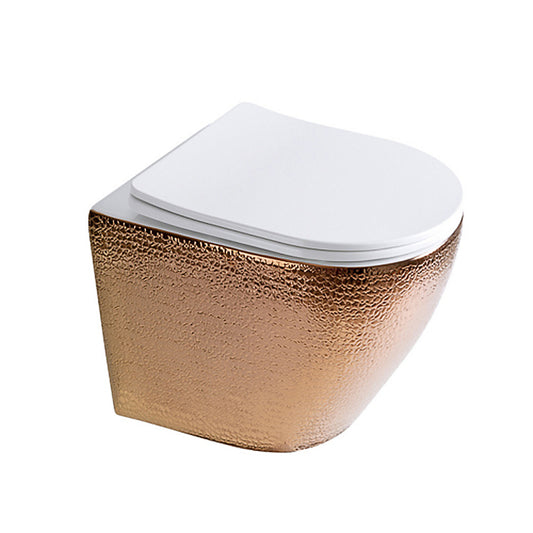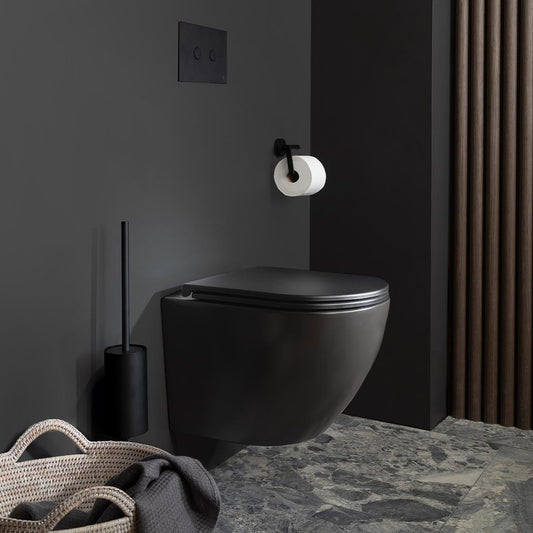How do you fix a toilet that won't stop running?
Table Of Contents:
-
Introduction
→ -
Toilets and Basins Collection
→ -
Understanding Your Toilet's Inner Workings
→ -
How do I stop my toilet from running randomly?
→ -
Step-by-Step Troubleshooting Guide
→ -
Delving Deeper: Advanced Diagnostics
→ -
Preventative Maintenance: Keeping Your Toilet in Top Shape
→ -
Navigating the World of Toilet Repair
→ -
Advanced Troubleshooting: Tackling Stubborn Toilet Issues
→ -
Unique Toilet Issues and Their Solutions
→ -
Selecting Replacement Parts and Upgrades
→ -
DIY vs. Professional Installation
→ -
Maintaining Your Toilet Post-Repair
→ -
Conclusion
→
Introduction
A constantly running toilet is more than just an annoyance; it's a puzzle wrapped in an enigma, tucked away in the often overlooked corner of our homes – the bathroom.
While a running toilet might seem like a minor issue, it can lead to wasted water, increased utility bills, and eventual damage if left unchecked.
This comprehensive guide aims to demystify this common household problem, offering insight into why your toilet keeps running and how to fix it.
Understanding Your Toilet's Inner Workings
To diagnose a running toilet, it's crucial to understand the basics of how a toilet works. A toilet consists of two main sections: the tank and the bowl. The tank is where water is stored and managed before and after a flush. Key components in the tank include:
 |
The Fill Valve:This controls the water flow into the tank. |
 |
The Flush Valve:Comprising the flapper and the overflow tube, it’s responsible for releasing water into the bowl during a flush and refilling the tank afterward. |
 |
The Float:This floats on the surface of the water in the tank and regulates the fill valve. |
When you flush, the flapper lifts, allowing water to flow from the tank into the bowl. This flushes the contents of the bowl down the drain. As the water level in the tank drops, so does the float, opening the fill valve to let in fresh water. Once the tank is filled, the float rises and shuts off the fill valve.
How do I stop my toilet from running randomly?
Several issues can cause your toilet to run continuously. Each of these problems has distinct signs and can be fixed with specific solutions.
 |
Faulty Flapper:A flapper that doesn’t seal properly is one of the most common causes of a running toilet. Over time, the flapper can warp or degrade, preventing a watertight seal. If you hear water trickling into the bowl, or if jiggling the handle stops the water flow, the flapper might be at fault. |
Improper Float Adjustment:If the float is set too high, water will continue to enter the tank, spilling into the overflow tube and keeping the fill valve open. This constant flow of water can make it seem like the toilet is running non-stop. |
 |
 |
Malfunctioning Fill Valve:A fill valve that doesn't shut off can cause the tank to overfill, leading to continuous running. Signs of a bad fill valve include a hissing sound or water running down the overflow tube even when the tank is full. |
Step-by-Step Troubleshooting Guide
To tackle a running toilet, follow these steps to identify and fix the root cause:
1. Inspect the Flapper:
 |
|
2. Adjust the Float:
 |
|
3. Examine the Fill Valve:
 |
|
Delving Deeper: Advanced Diagnostics
If the basic troubleshooting doesn’t resolve the issue, further investigation is required. This might involve:
 |
Testing for Silent Leaks:Place a few drops of food coloring in the tank and wait without flushing. If the color appears in the bowl, there’s a slow, silent leak, usually due to a bad flapper or flush valve gasket. |
Checking the Flush Valve Assembly:Examine the flush valve seat for signs of damage or wear. A damaged flush valve seat can prevent a proper seal and may need to be repaired or replaced. |
 |
Preventative Maintenance: Keeping Your Toilet in Top Shape
Regular maintenance can prevent many issues that cause a toilet to run continuously. Here are some tips for keeping your toilet in top condition:
 |
Regularly Check Internal Components:Periodically inspect the flapper, fill valve, and other internal components for signs of wear or damage. |
Clean Mineral Deposits:Mineral buildup can affect the functioning of the toilet's components. Use appropriate cleaners to remove deposits from the flapper, valves, and other parts. |
 |
 |
Replace Worn Parts:Don’t wait for a complete failure. If parts show significant wear, replace them proactively. |
Navigating the World of Toilet Repair: When to Call a Professional
 |
While many toilet repairs are simple and can be done with basic tools, there are times when it’s best to call in a professional. If you’re uncomfortable performing any of these steps, or if the problem persists after your attempts to fix it, seeking professional help is the best course of action. Plumbers can diagnose and fix more complex issues that might be beyond the scope of DIY repair. |
Advanced Troubleshooting: Tackling Stubborn Toilet Issues
Even after addressing the most common causes, some toilets may continue to run. This calls for advanced troubleshooting techniques:
 |
Inspecting the Flush Valve Drain:Sometimes, the issue might be with the flush valve drain itself. A small crack or damage to the drain can prevent a proper seal. Carefully inspect the drain for any damage and replace it if necessary. |
Adjusting the Chain:The chain connecting the flush lever to the flapper must have just the right amount of slack. Too much slack, and the flapper won't lift fully; too little, and it won't seal properly. Adjust the chain length for optimal performance. |
 |
 |
Evaluating the Tank's Water Level:If the water level in the tank is set incorrectly, it can either prevent the tank from filling or cause an overflow into the bowl. Double-check that the water level is set according to the manufacturer's specifications. |
Unique Toilet Issues and Their Solutions
Some toilets, especially older models or high-efficiency toilets, may have unique issues:
 |
Pressure-Assisted Toilets:These toilets use pressurized air to aid in flushing. If such a toilet keeps running, it could be due to issues with the pressure tank. |
Dual Flush Toilets:For toilets with dual flush mechanisms, problems could arise from the button mechanism or the dual flush valve itself. |
 |
 |
Older or Antique Toilets:In older toilets, parts like the ballcock and the float rod might need adjusting, or in some cases, they might not meet modern efficiency standards and require an upgrade. |
Selecting Replacement Parts and Upgrades
When it comes to selecting replacement parts or upgrades for your toilet, keep the following in mind:
 |
Compatibility:Ensure that the parts you choose are compatible with your toilet model. Using incorrect parts can lead to further issues. |
Quality:Opt for high-quality parts from reputable manufacturers. Cheaper alternatives might save money in the short term but can be less durable and effective. |
 |
 |
Water Efficiency:Consider upgrading to more water-efficient parts, such as a dual flush converter or a modern fill valve. This not only saves water but also reduces your water bill over time. |
DIY vs. Professional Installation
While many toilet repairs are straightforward and can be done as a DIY project, there are situations where professional installation is recommended:
 |
Complex Repairs:If the repair requires extensive plumbing knowledge or special tools, it’s safer to hire a professional. |
Warranty Concerns:DIY repairs on certain models might void the warranty. Always check your toilet's warranty policy before undertaking repairs. |
 |
Maintaining Your Toilet Post-Repair
After repairing your running toilet, regular maintenance is key to preventing future issues:
 |
Regular Checks:Periodically check your toilet for signs of leaks or running. |
 |
Clean Regularly:Regular cleaning can prevent mineral buildup, which can affect toilet components. |
 |
Be Mindful of What You Flush:Avoid flushing anything other than toilet paper to prevent clogs and damage to the flushing mechanism. |
Conclusion
A running toilet can be more than a mere annoyance; it can signal underlying issues in your bathroom plumbing. By understanding the intricacies of toilet mechanics, applying thorough troubleshooting methods, and knowing when to call a professional, you can ensure your toilet runs efficiently and effectively.
Whether you’re tackling a simple flapper change or navigating more complex repairs, the key is a balance of knowledge, caution, and understanding when professional help is needed. With this guide, you’re now equipped to handle the common — and not so common — challenges of a running toilet, ensuring a well-functioning bathroom and peace of mind.
check our toilets collection here










